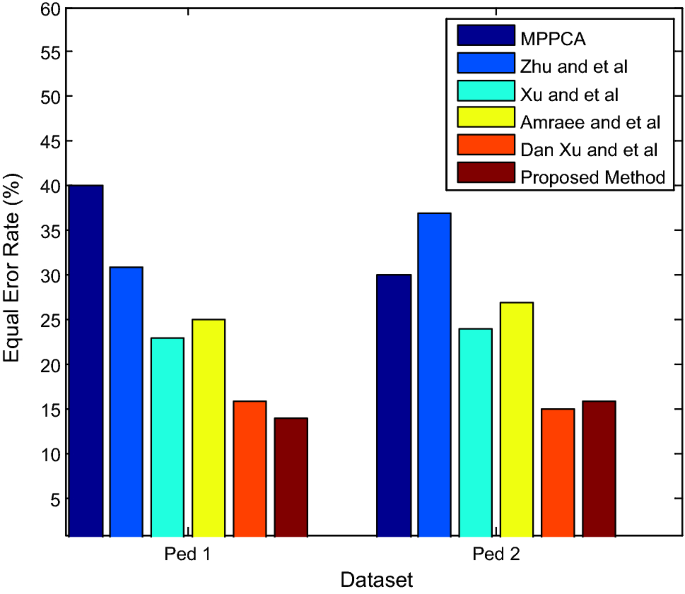


If you don't want to run the pre-processing again, you can directly load these files into the main code for seizure analysis "FIRES_Sz_Rot.m". This is the denoised seizure data which is the output after running this code "TBF_Selection_Seizure.m". Denoised Seizures : Contains the denoised seizure, seizure time-basis functions (TBFs), etc. the outputs after running code "Patch_Time_Course_Extractor.m". Connectivity : A folder to save Connectivity results, i.e. Codes: Contains the main codes needed to solve the inverse problem for seizure imaging, spike imaging and also codes necessary to perform the connectivity analysis, i.e.
Matlab 2018b ucsd how to#
Now we will quickly go through the folders and codes and how to run the provided example. It is safe to add EEGLAB, eConnectome, and ARFit to the MATLAB path, to avoid any errors. For the purposes of running our codes, its installation is not needed.įor connectivity analysis, the latest version of eConnectome must be installed, which is also a freely available MATLAB toolbox () as well as arfit (). CVX is a MATLAB toolbox that can be installed easily and freely. We included this function and (its nested functions) in Codes folder, for your convenience. Please use latest version of EEGLAB (version 14.1.1b recommended - also tested on version 14.1.2b).Ī function called "norms" is used in these codes which is borrowed from CVX package (). You can download and deploy EEGLAB toolbox from. The current version of the code was run on MATLAB 2018a/b and topo plots are also depicted using EEGLAB's codes.

To run these codes, you need to have MATLAB installed on your computer (the current code has been tested on MATLAB 2018a and 2018b - most codes developed on the 2013b version, so most probably this code is compatible with prior versions). Spike results/figures are stored in a sub-folder named “Results\Spike_I” and “Figures\Spike_I”. Solutions to the spike and seizure imaging analysis, are saved in folders named Results and Figures. The same codes provided here, were run and the results presented here are derived with this exact code, to ensure accuracy. De-identified data of one patient containing inter-ictal spikes recorded in EEG, as well as one seizure recording is provided. This folder contains the codes and sample data used to analyze EEG data within the FAST-IRES framework. Sohrabpour et al, “Noninvasive Electromagnetic Source Imaging of Spatio-temporally Distributed Epileptogenic Brain Sources,” Nature Communications, PAGE NUMBER, 2020. If anyone uses the whole or part of the codes or the human data, provided here, we ask you to cite the following publication () in any of your publications or presentations: Users should use the codes or data at their own risks. The source codes and testing human data are provided as service to the scientific community and may be used for any non-commercial purpose. The testing human data were collected as part of NIH funded research at Mayo Clinic, Rochester, overseen by Dr.
Matlab 2018b ucsd software#
This readme document describes software codes and testing human data, which have been developed under support from the National Institutes of Health via grants NS096761, EB021027, MH114233, AT009263 awarded to Dr.


 0 kommentar(er)
0 kommentar(er)
